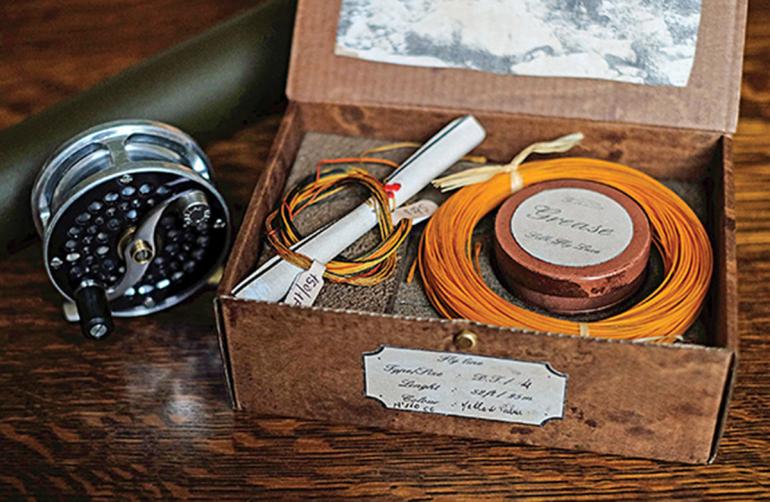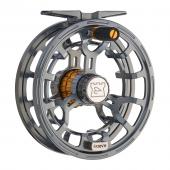Follow the Leader
A leader-and-tippet breakdown.
Spring has sprung here in Montana! Rivers are ice-free, the daytime temperatures are bearable, and there’s a resurgence of fish metabolism within all of our local streams. Whether you’re a dry-fly devotee, nymphing fiend, or streamer maniac, this is the time to make a beeline for the river, and find success with your favorite method.
However, there’s an antecedent to that success. Every year, anglers should develop a progressive gear checklist. On said list, there are three liabilities that could jeopardize landing the fish of a lifetime: old tippet, old leaders, and old fly lines. Before heading out, here are a few things to consider when restocking on line, leader, and tippet for 2019.
A leader is a section of clear line that attaches to the end of a fly line. It usually begins with a butt section of thick diameter and has a smooth taper down to a tippet of thin diameter. Tippet is the final section of leader that the fly is connected to. In Montana, the most popular tippet sizes are 2x, 3x, 4x, and 5x, the “x” denoting the diameter of a tippet. A good rule to follow is the rule of 11s. If you take a tippet number, like 4x, and subtract the 4 from 11, you will arrive at the diameter of the tippet in thousandths (11 - 4 = 7 thousandths of an inch).
To simplify a tippet and leader arsenal, there are three things to consider. Fly selection, versatility, and material. As far as versatility goes, a 9-foot 3x leader is a great all-around size. This leader is perfect for the hopper and Chernobyl dropper rigs popular in Montana, it can be cut back to a 7.5-foot 2x leader for throwing big salmonflies in high wind, it can be lengthened with tippet to build that 14-foot 5x leader for chasing picky heads on the Missouri or spring creeks, and it can even be cut back as a streamer leader.
The last consideration is material. Fluorocarbon is a great option for anything but small dry flies. With high abrasion resistance, low stretch, and low visibility, it really is the perfect trout material. A main downside however, it does sink. That being said, for nymphs and streamers, the sink is a good thing, the low stretch optimizes hooksets, and the abrasion resistance lets a fly bounce through rocks all day with minimal tippet damage. With bigger foam flies, fluorocarbon is also a great option. Foam is buoyant enough to keep floating with the sinking tippet. Additionally, with a little bit of tippet sunk beneath the water’s surface, the buoyant fly is less affected by wind and mending. Many people throw huge mends and pull the fly clean out of the water; using fluorocarbon will mitigate this issue.
For small dry flies I use nylon tippet. Nylon is very supple and handles micro currents better, allowing for a better drag-free drift.
To summarize, go grab a three pack of nine-foot 3x leaders, 2-5x fluorocarbon tippet, and 4x and 5x nylon tippet. This will cover just about any situation Montana trout streams have to offer.
Jake Walbridge is the manager of Montana Troutfitters in Bozeman.











